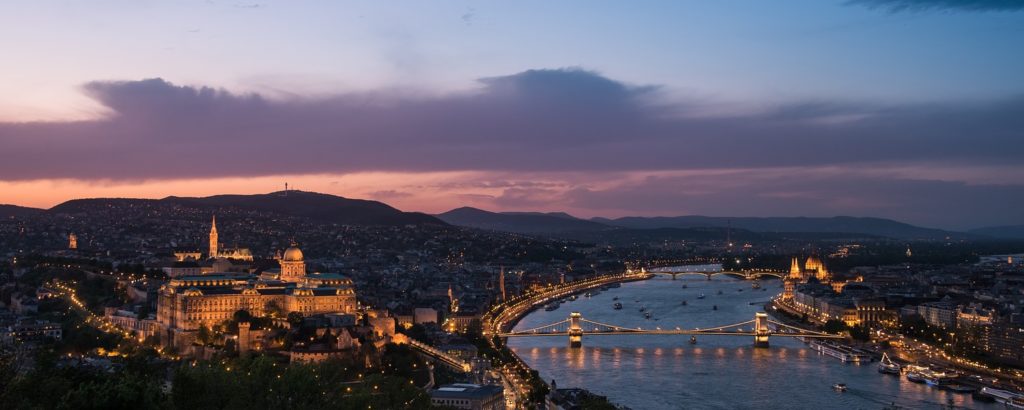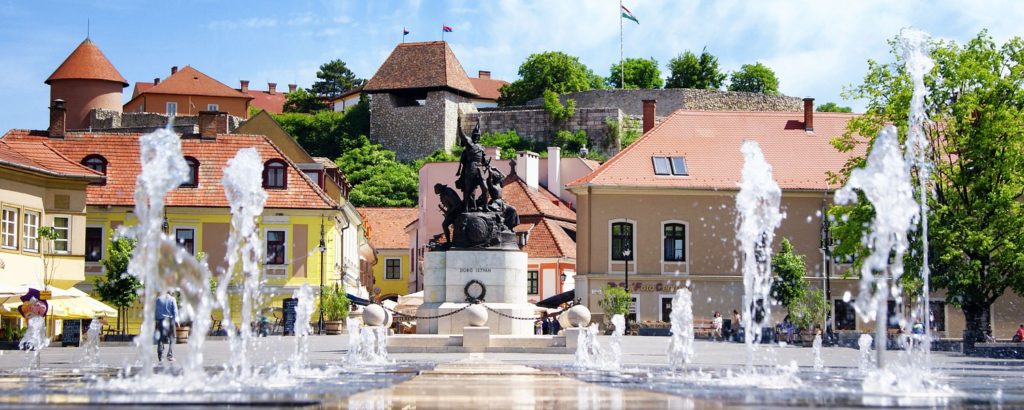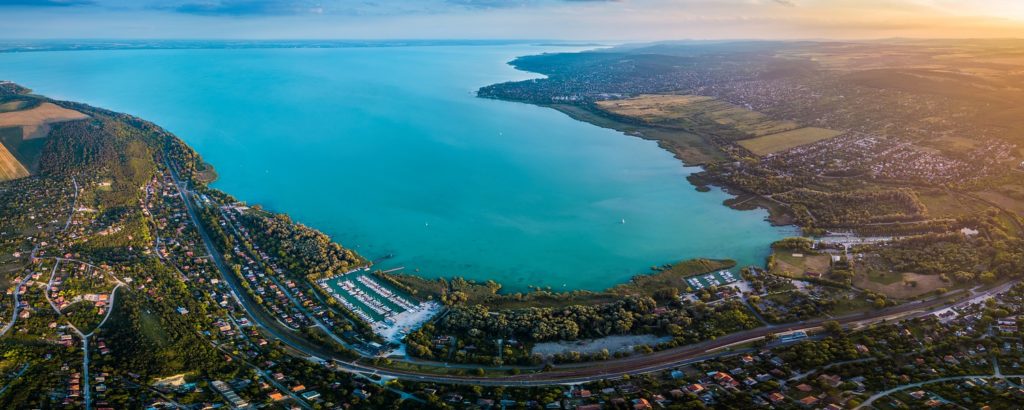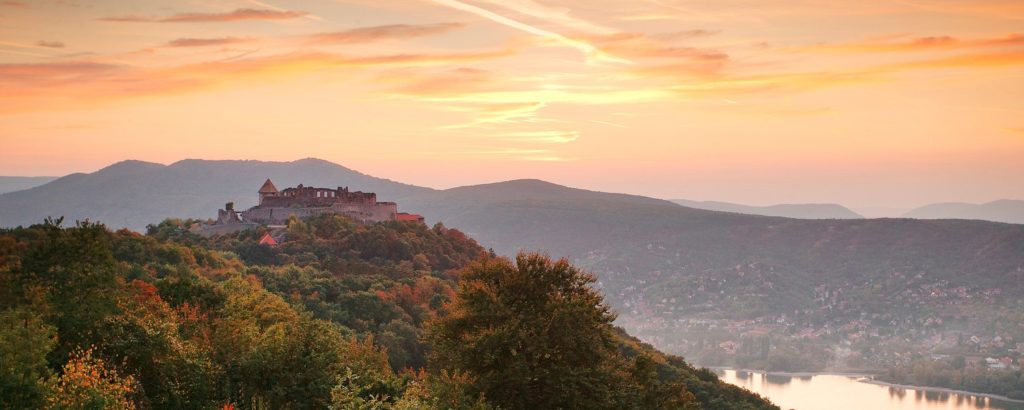
Hungary
Beyond the at once stately and gritty capital of Budapest lie Hungary’s hidden treasures: Lake Balaton (favored by holidaymakers) and the thriving cities of Debrecen and Szeged, along with the enticing wine region of Eger and attractive old towns of Pécs, Sopron, and Kecskemét. There are about 300 natural thermal springs in Hungary, and a number of medicinal resorts and sanatoriums to match. Folk culture lives on in Hungary (embroidery, music, and dance in particular), and traditional food is a matter of national pride.

Budapest
Official partnerBudapest is a truly authentic and historic European capital, but it also has an innovative, pulsating personality, making it a versatile and cosmopolitan city. The beautiful built and natural environment, the grandiose architecture, the historical thermal spas, the diverse and vibrant gastronomy, a blossoming fashion and design scene, and the immensely rich cultural life, define Budapest’s sparkling and original character. Come with us and indulge in the spice that is Budapest. Make memories you’ll remember for the rest of your life.

Debrecen
When in Debrecen, use your senses instead of the just looking for the signposts: look down ahead of you to see on what kind of planks the citizens walked the streets in days of old. Look up to the sky and marvel at the colorful facades of the merchants’ houses built at the beginning of the previous century. Follow your nose to the pleasant smells from the busy Mediterranean squares and intimate cafés, or simply listen to your ears and let the charming music guide your steps.

Eger
Official partnerEger is one of Hungary’s most famous towns, characterised by superior wines, natural healing water springs, and noteworthy monuments. It was founded in 1004 C. A., around the time King Stephen made Christianity the religion of the nation. Eger is influenced by Christian and Turkish culture, Baroque and Classicist architecture. The town has a charming medieval atmosphere, where a thousand-year-old castle, thirty-eight temple towers and hills with vineyards provide a compelling backdrop.

Lake Balaton
Hungary has no marine coastline nowadays, but it does have the Hungarian Sea, otherwise known as Lake Balaton. The lake has been popular since the Magyar tribes first galloped into the Carpathian Basin in 896 and shows no signs of losing it’s appeal. A collection of resort towns and an interesting bicycle route ring the 77 kilometers long lake. Hévíz-Balaton Airport is 20 kilometers from Keszthely at the southern end of the lake. From there, you can hire a car or take a bus and explore some of the resorts.

Pécs
Pécs is the fifth largest city of Hungary situated in the south-west of the country, close to its border with Croatia. It is the administrative and economical centre of Baranya County. Pécs is also the seat of the Roman Catholic Diocese of Pécs.The city Sopianae was founded by Romans at the beginning of the 2nd century. By the 4th century, it became a significant early Christian center.Its episcopate was founded in 1009 by Steven I, and the first university in Hungary was founded in Pécs in 1367 by Louis I the Great.

Visegrád
Official partnerVisegrád is situated 43 kms north of Budapest on the right bank of the Danube, Visegrád is settlement located at the most picturesque point of the Danube Bend,in the centre of the Danube-Ipoly National Park amidst a unique natural environment.The small town,at the crossroads of the Danubian peoples and cultures,displays a rich diversity of historical monuments.